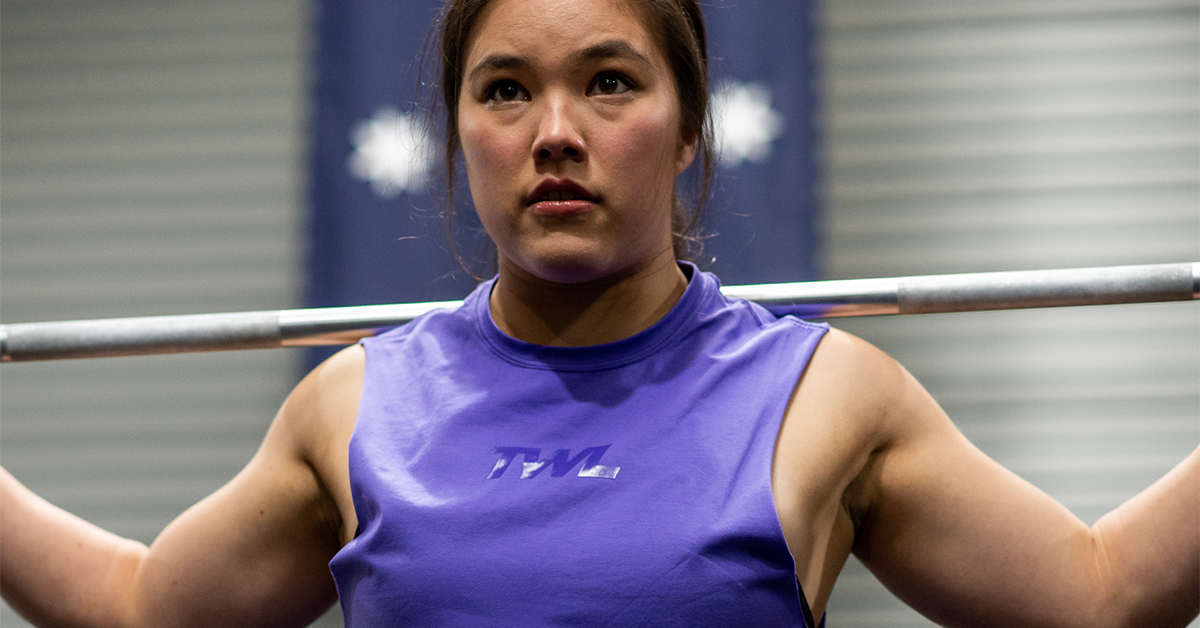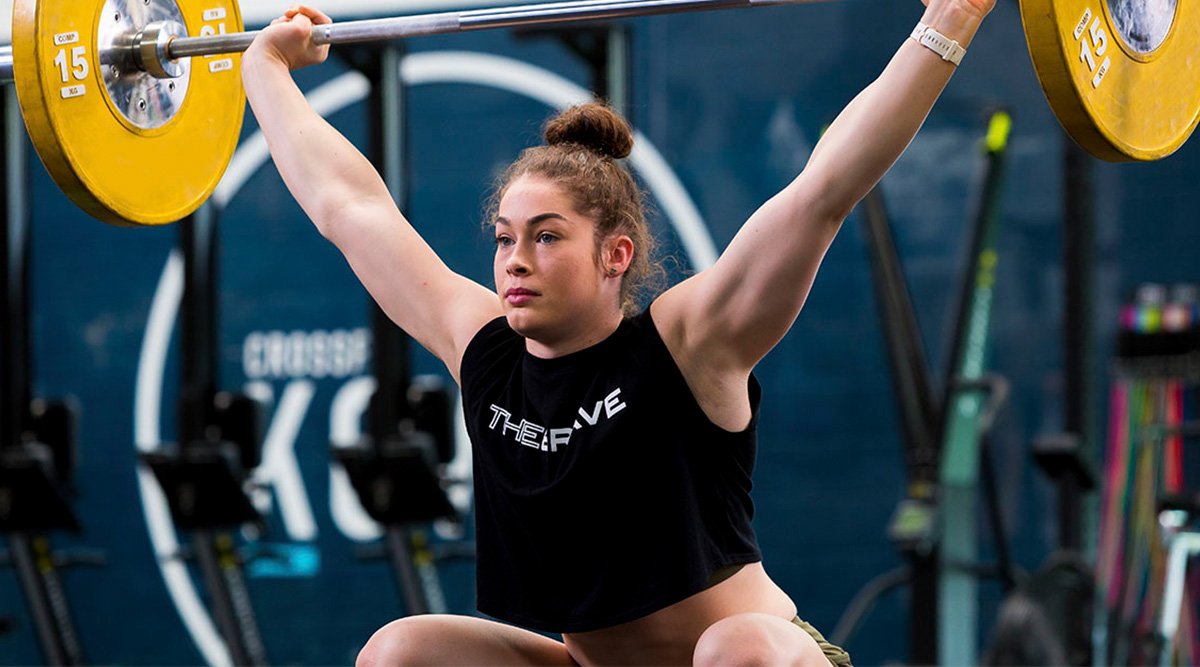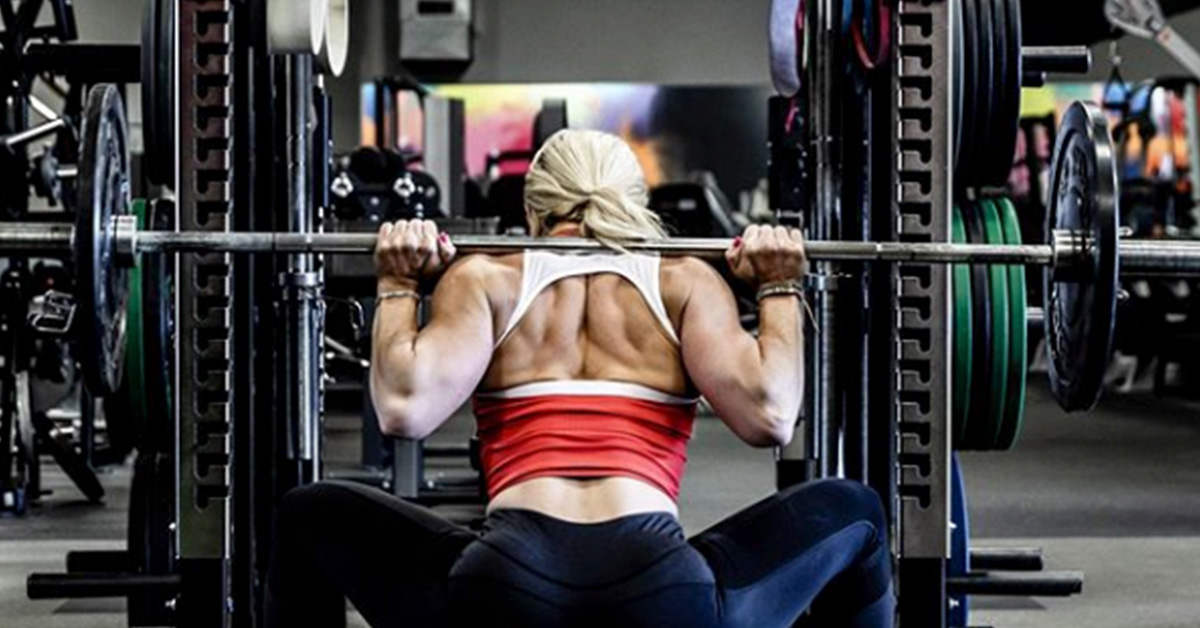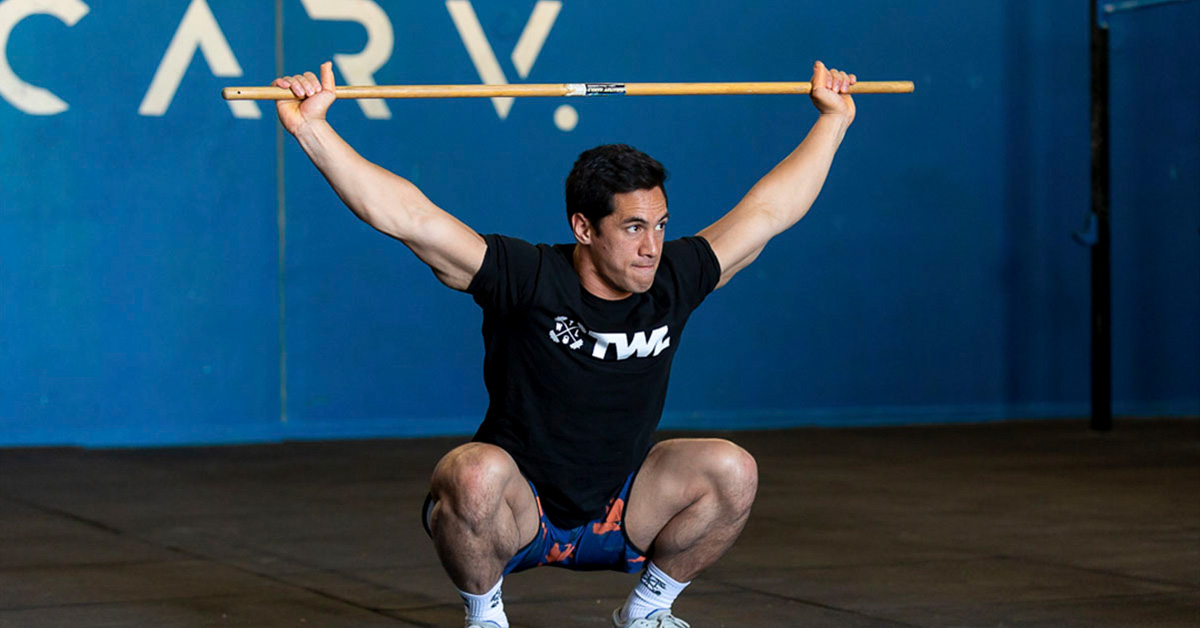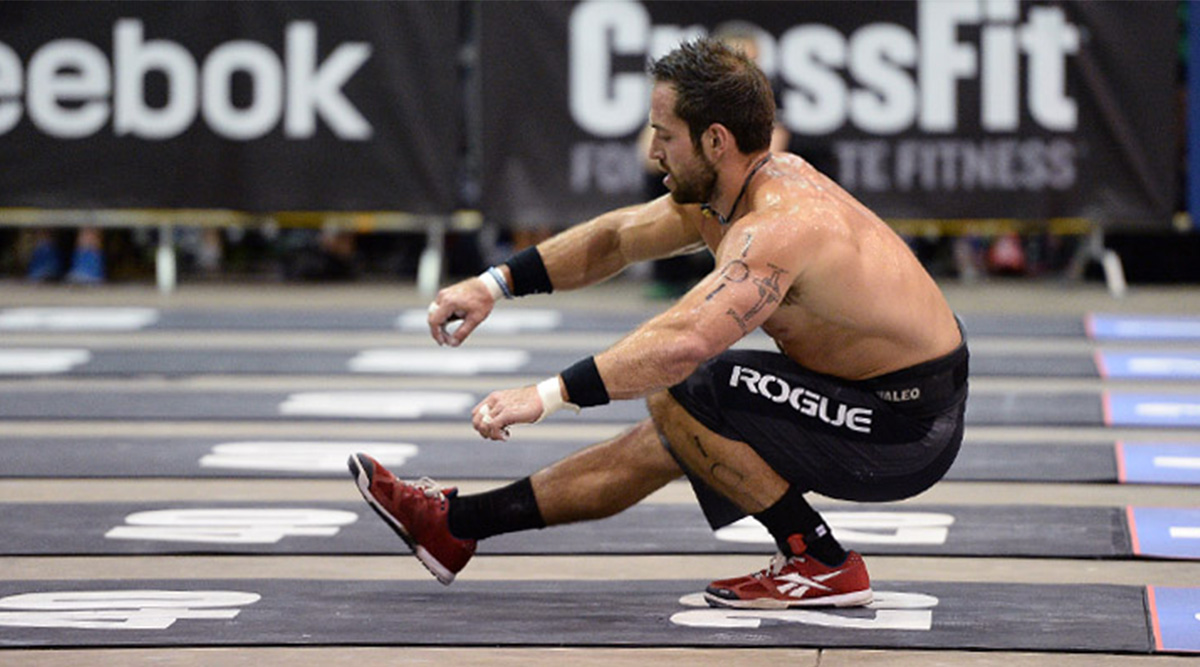If you’re a functional fitness athlete, every now and then, you might spot someone doing back squats… but something looks off. Something looks funny. What is it? Ah, you’ve pinpointed it! The bar is way too low on their back. Believe it or not, this is an actual thing. They’re called low-bar squats, and they’re particularly popular in the powerlifting community.
With a low-bar squat, the bar is placed lower on the upper back, resting on the posterior deltoids — not the tops of the shoulders, like a high-bar squat. Athletes will often widen their grip to accommodate for the lower position. You might even see some athletes squatting with their grip all the way to the ends of the bar.
High-bar squats versus low-bar squats have presented a long-standing debate in the fitness community. Which one is better?
The answer, if you ask us, is neither. Rather, each position is suitable for different things.
So, why would anyone do a low-bar squat, you ask? Great question! It may seem like a small adjustment, but it can have quite a big impact. Let’s dive into some of the benefits.
View this post on Instagram
4 Benefits of Low-Bar Squats
1. It Makes it Easier to Lift More Weight
Here’s why.
With low-bar squats, your hips and back have better leverage. Plus, you don’t need to have as good of a range of motion at the bottom of the squat. (More on that in a minute.) For this reason, you’re able to move heavier loads.
This is why powerlifters love it! Their primary goal is to safely move as much weight as possible. Low-bar squats make that more feasible.
Additionally, because low-bar squats target your posterior chain, which is going to be stronger than just your quads, you’re able to recruit that much more strength to lift bigger weights. This, in turn, means serious hypertrophy (read: muscle growth).
And speaking of your posterior chain…
2. You Build More Strength in Your Posterior Chain
Put simply, the posterior chain includes all of the muscles that run along the back side of your body. This means muscles/muscle groups like your glutes, hamstrings, spinal erectors, and traps.
Because low-bar squats having you leaning forward more at the bottom, compared to high-bar squats, they place more of the load on your posterior chain, as opposed to your quads. This means that these muscles get a serious workout.
As an added bonus, because your posterior chain plays a huge role in deadlifts, the strength gains you make with low-bar squats will easily apply to that lift, too. Win!
3. Low-Bar Squats are More Feasible for People With Compromised Mobility
We want to be very clear here: If you’re struggling with a lack of mobility, then you should continue working on it. Mobility is huge not just in improving your performance but also in preventing injury.
That being said, let’s say that you’ve noticed that your squat mobility in particular is suffering. Maybe your ankles lift off the ground at the bottom of the squat, or your back rounds, or you’re having a really hard time breaking parallel.
A low-bar squat might be the answer.
Because it demands less ankle mobility, it can be a great alternative for athletes having a hard time hitting the right positions. If you have poor knee flexion or tight hips, this might apply to you as well.
View this post on Instagram
4. You Might Find it More Comfortable
The jury’s still out on this one, but it’s worth mentioning.
With the high-bar squat, the bar rests on your traps — also known as “meat pillows.” This gives it some cushioning. However, some athletes find the way that the bar rests on their shoulders to be uncomfortable.
You might very well find that you prefer low-bar squats because of where the bar rests: just under your traps and on the rear delts. While it might feel awkward at first, some squatters come to think that the bar was 100% meant to rest there.
How to Do a Low-Bar Squat
Has all of this piqued your interest?
If you’re considering giving the low-bar squat a try, here are a few tips.
Grip
Because grip widths vary, start wide and slowly bring your hands in until you find a comfortable position.
Stance
Where you place your feet depends largely on two things: (1) comfort and (2) your body proportions (meaning how long your femurs, shins, and torso are in relation to each other).
As a general rule of thumb, start with your feet just a little wider than hip-width apart, toes slightly turned out. Do a few reps at a light weight here, and adjust accordingly.
Bar Placement
The barbell should be resting on top of your rear delts, just below your traps. It might look awkward, but once you get into the right position, you’re going to feel it settle there.
As you start to lift heavier weights, you’ll likely find it beneficial to keep inching your grip inwards. This gives you a tighter position, which will be necessary to support heavier weights.
Check out this video for a demonstration.
Whichever route you opt to take, always remember that technique and form matter. Mobility matters. Never sacrifice quality for the sake of lifting more or squeezing out another rep. This is a great way to stall your progress and even put yourself in a position to experience an injury. Build a strong foundation, and you’ll reap the benefits for years to come.
Will you give low-bar squats a go?

